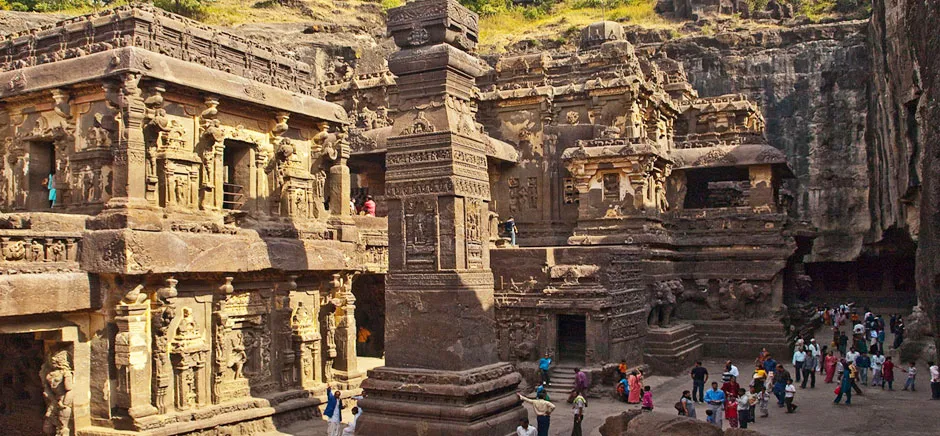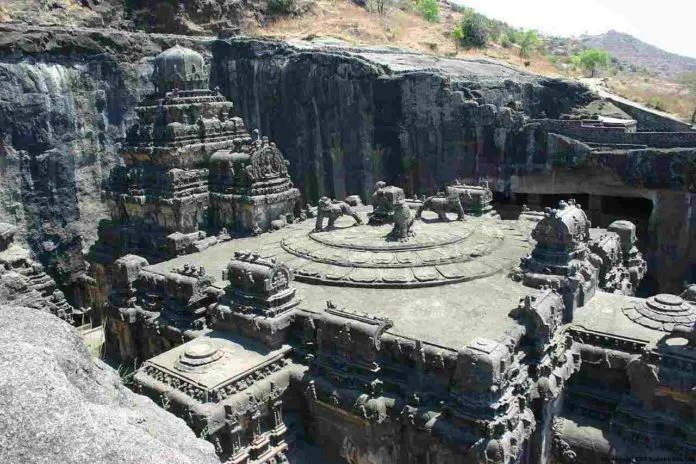
Ajanta
Over a 100km away from Aurangabad, past the arid topography and volcanic provinces of the Deccan Plateau, lie the Ajanta Caves – remnants of a Buddhist monastery complex of enormous proportions and significant historicity. Once the abode of hundreds of monks, whose quest for truth and learning led them to these mountain halls, today the complex is awash with pilgrims and tourists who come to witness the greatest example of Classical Buddhist art and architecture in the world.
The caves at Ajanta were constructed to facilitate a peaceful environment for Buddhist monks. Location was key for the monks who wished to remain undiscovered and undisturbed.
Each of the caves is believed to have had its own private access to the river below, by way of a staircase. The steps no longer exist, having been eroded over the millennia.
Historians believe that the caves were built in the 2nd century BCE during the Hinayana era – the earliest phase of Buddhism. As Buddhism retreated from this part of the world in the 5th century CE, the caves were abandoned.

Ellora
Although constantly outshone by its counterpart Ajanta, Ellora still holds a certain appeal to the discerning traveller as it is one of the largest rock-hewn monastic-temple complexes in the world. Located about 30 odd kilometres from Aurangabad, the caves of Ellora were carved out of the step-like formation of volcanic deposits in the Western Ghats. There are 12 Buddhist viharas, 16 Hindu and five Jain temples in Ellora.
